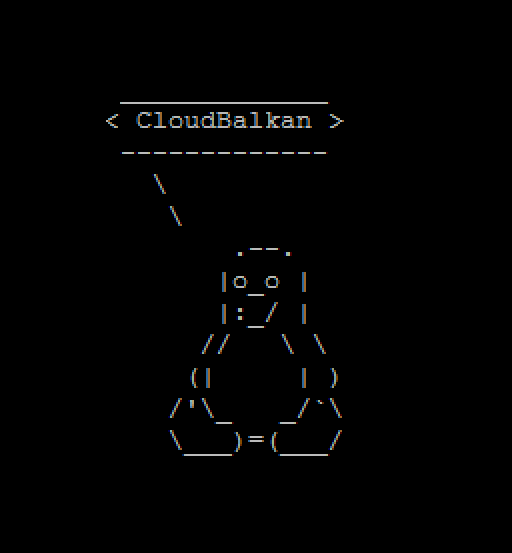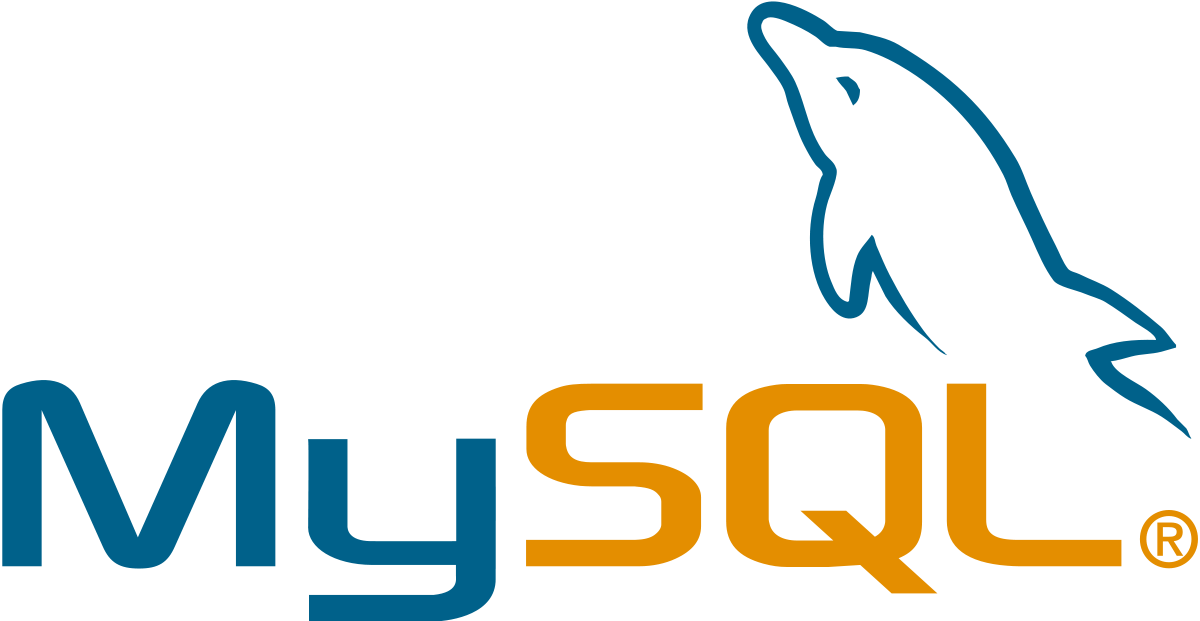How to change hostname on a Linux server

This simple ‘how to’ will show you the steps to change the hostname of Linux server. The host name is the identifier of a server. A good practice is to set a meaningful name that will help you to easily identify your servers. Read More






